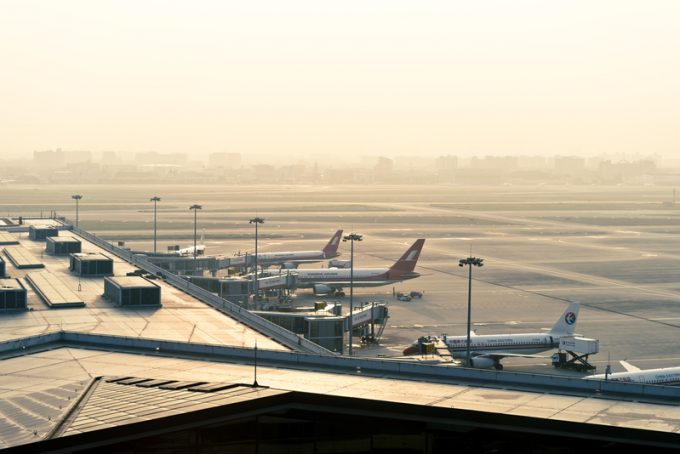Snapshot: Shanghai, my oh my, Shanghai
It’s not over until it’s over

Shanghai plans to develop its domestic airport into a major international hub – but insists it won’t “fall into vicious competition” with Shanghai Pudong International (PVG), the country’s biggest air cargo gateway.
This month, the Shanghai municipal government published a blueprint to develop Hongqiao International Airport (SHA), a 7,000 sq km site on the city’s western outskirts, connecting with neighbouring Jiangsu province.
The project, it said, would aid China’s “opening up” to the world and the integration of the Yangtze River Delta ...
USTR fees will lead to 'complete destabilisation' of container shipping alliances
Outlook for container shipping 'more uncertain now than at the onset of Covid'
Flexport lawsuit an 'undifferentiated mass of gibberish', claims Freightmate
Shippers warned: don't under-value US exports to avoid tariffs – 'CBP will catch you'
Cancelled voyages take the sting out of spot rate declines this week
New Houthi warning to shipping as rebel group targets specific companies

Comment on this article